Transport vs living vs identity: Berhampore, and everywhere
We have all these conversations about “cycling” or “parking” or “housing” or “buses”, but not enough about “getting around” – and definitely not enough about “who do we want to be”. IslandBayCycleway’s Regan Dooley highlights Berhampore – but we’re all Berhampore, really
This article was originally posted on IslandBayCycleway and is reproduced with thanks
Berhampore, we have a problem
Back in April 2015 the Dominion Post ran a story on the boutiques of Berhampore which focused on the 1st anniversary of a handful of new businesses in the area. The various business owners who were interviewed, including my partner, spoke optimistically about being “a collection of people here all trying to do the same thing” and how they hoped for Berhampore to develop a greater sense of identity. Two things specifically mentioned were getting some ‘Welcome to Berhampore’ signage and a 30 kph speed limit.Three years later things haven’t exactly gone wrong but it’s hard to see how they’ve really progressed either. At least four of the businesses mentioned in the story have now gone out of business or moved on. The Gooseshack, Rinski Korsakov’s, Celie’s and the tattoo parlour are all gone. The only dairy on that stretch of road has also closed and the building is currently for sale. Natty, Baker Gramercy, Baron Hasselhoff’s and Adelaide Trading Co. are still going strong and doing their best to maintain a local, artisanal vibe while older, more established businesses Europe Modes Tailoring, Hair by Ange and the Golden Sun Takeaways keep doing what they do. The BP petrol station sells petrol.
From the point of view of a business motor vehicle traffic is good, until it is very, very bad. Business owners like cars because they bring customers from far and wide to their business. As long as there is somewhere to park, of course, and there’s not much parking near the Berhampore shops (approximately 10 car parks on that stretch, 5 x P10 and 5 x P60). However, there’s a tipping point where there’s simply too much traffic, the carparks are full and the sheer volume of traffic is ruining the attractiveness of an area, maybe even making it dangerous. Businesses tend not to want to lose motor vehicle traffic and carparks though because it takes a leap of faith to believe that customers arriving by other modes will pick up the slack (despite an increasing body of evidence that they will). Part of the problem might be that businesses don’t tend to be open at the times when traffic is at it’s worst, when commuters are trying to get to and from work and kids are trying to get to school. As a result businesses may genuinely believe the problem is not as bad as it is. One thing is for certain though, the Berhampore shops just aren’t humming at the moment. Despite the optimism shown in 2015 there’s too many empty shops and too many businesses failing. Something needs to change.Notice I haven’t even mentioned cycleways yet? OK, here it comes. The current Newtown Connectionsconsultation is great but one of its limitations is that it’s largely focused on cycling and “making biking safer and easier for more people”. I think the reason for that is the usual boring legal and administrative stuff. Councils have appropriations of money to do certain things. They are legally obliged to spend money on the things they say they will and then report on it. If ‘cycling’ is one of those things then a consultation on spending that money gets framed as being about cycling, when maybe it could or should be framed as about transport or urban design. Making biking safer and easier for more people is a very worthy aim but it’s really just one part of the picture when you are looking at a problem as tricky as the one facing the Berhampore shops. Berhampore doesn’t need a discussion about cycling as much as it needs a discussion about transport. And it doesn’t need a discussion about transport as much as it needs a discussion about identity. What does Berhampore want to be? Only then can we explore how transport can help it get there.
The good news is there are already some pretty big clues about what Berhampore wants to be. Let’s take a look at the last census, for example:
Berhampore has a lower percentage of households that own a car than the rest of Wellington. 22% of households not owning a car is significantly higher than neighbours to the south Island Bay (8%), but lower than neighbours to the north Newtown (26%).
Berhampore has a much lower percentage of people driving to work than the rest of Wellington and a higher percentage catching the bus and cycling. 33% of people driving to work is much lower than neighbours to the south Island Bay (52%) but higher than neighbours to the north Newtown (25%).
These are just three examples but you can see with this is going. Berhampore is already a pretty progressive place that already has a strong foothold in non-motor vehicle transport modes. And yet it has 18,000 cars per day going through its shopping centre, largely going to and from other places. For example, in the 2013 census over 2,000 people from Island Bay drove themselves to and from work, accounting for approximately 4,000 of the 18,000 vehicle movements per day in Berhampore. If I lived in Berhampore I’d be pretty concerned about that. I’d also be a big supporter of Island Bay residents getting on the bus or cycling to work. More importantly I’d be thinking “this isn’t who we are” and “what can we do as a community to control our own destiny?”It seems to me that if Berhampore wants to play to it’s strengths one of the things it should do is consciously make a decision to embrace other modes of transport and say “we’re not going to contribute to this problem”. That doesn’t have to mean going car-free but it might mean deliberately making some moves towards being significantly less car-dependent. Here’s a slightly random list of things Berhampore could consider doing, or ask the council for help to do:
- Agree as a community to build upon the existing strong foundations for public transport use and uptake of walking & cycling. Set targets. Becoming the leading Wellington suburb for use of public transport and active transport is totally achievable and would be a real point of difference and source of pride
- Make it clear to the council and private providers that Berhampore wants access to car-share, bike-share and scooter-share and the infrastructure to support it i.e dedicated car-share parking plus bike-share and scooter-share docking stations or corrals. And yes, dare I say it, separated lanes for scooters and bikes to use. Check out this great article from Women in Urbanismintroducing the concept of ‘Little Roads / Rori Iti’
- Turn more of the on-street parking in Berhampore into residents parking only and reduce the amount of commuter parking
- Seriously promote the use of park-sharing via apps such as Parkable to get parking off the streets and make the most efficient use of valuable land
- Do an intercept survey at the Berhampore shops to identify how people are currently travelling there so that more informed decisions can be made
- The Berhampore shop owners could consider maximising their local, artisanal credentials by offering cargo bike or e-bike deliveries. Imagine getting hot, fresh bread from Baker Gramercy delivered to your door on Saturday morning
- Investigate whether the western end of Luxford Street could be developed as retail, with the intention to gradually move the shops around the corner and away from Adelaide Road
Is your suburb clear on who and what it is?
Or does your community end up having those conversations, poorly, through consultations about this and that bit of the built environment?
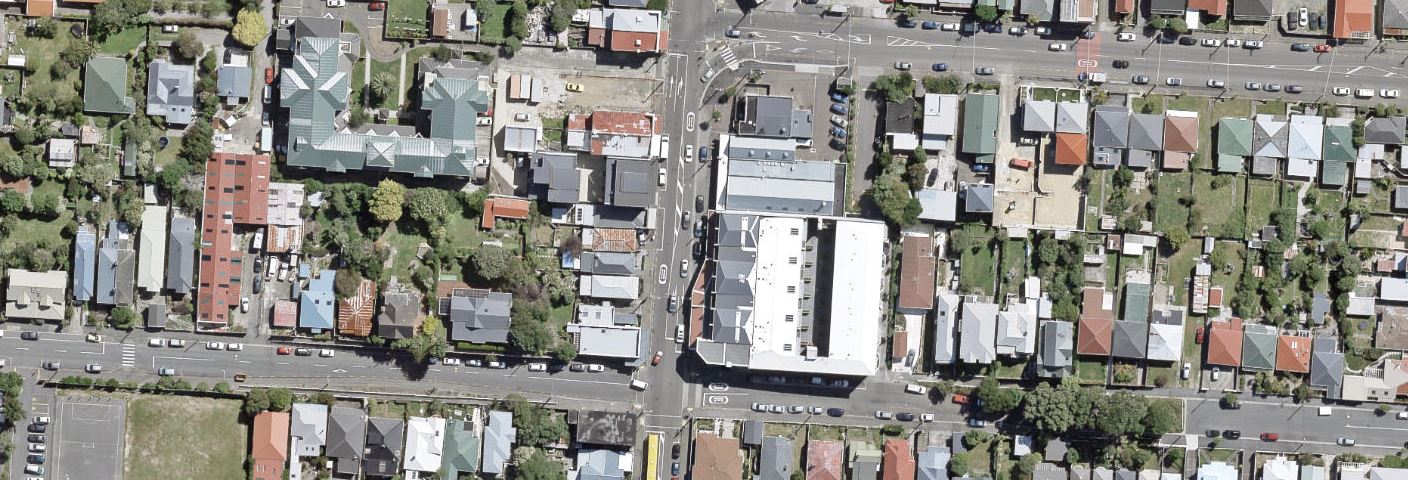
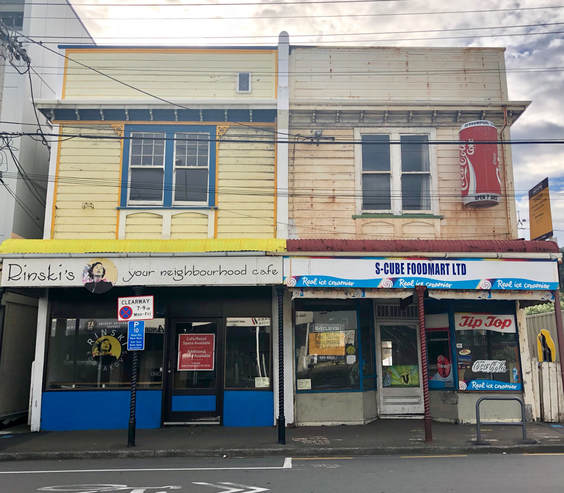
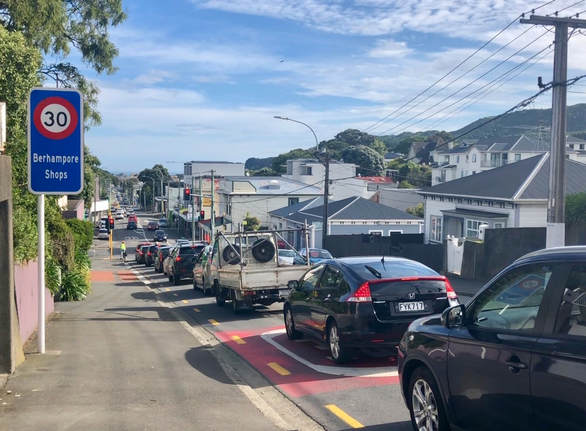
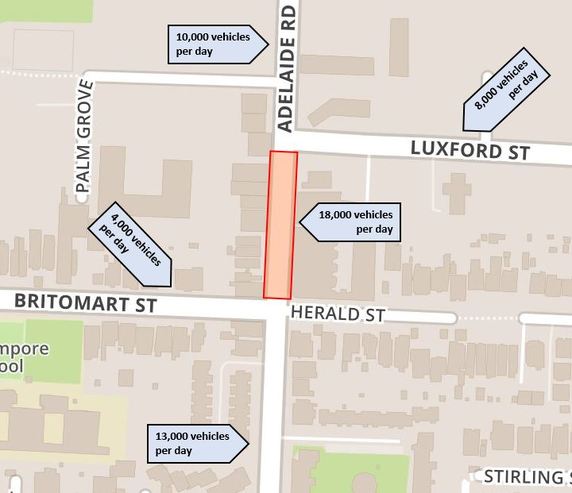



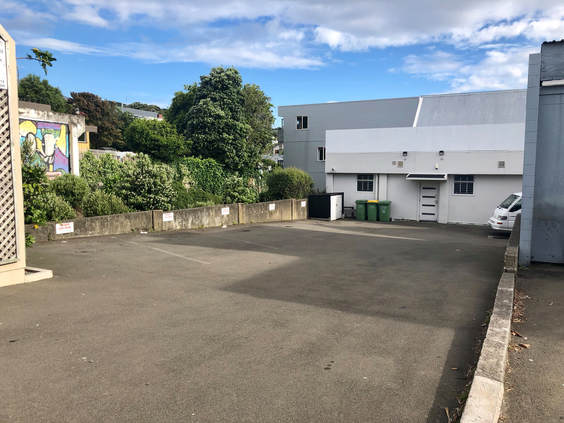
Leave a comment